“We’re creating a festival that allows for people who are neurodivergent,” says Natasha Duffy. “So people that deal with sensory issues can go, well, I can have the absolute mad craic at this festival and do all the things that everybody does and dance the night away and meet new people, have beautiful food. But that there’s a space at the festival, when you need a breakout, to unwind, relax or regulate.”
On the face of it, a summer music festival is the last place you’d expect quiet space. But with increasing awareness of neurodiversity, there are ways even the most manic and noisy environments can accommodate everyone.
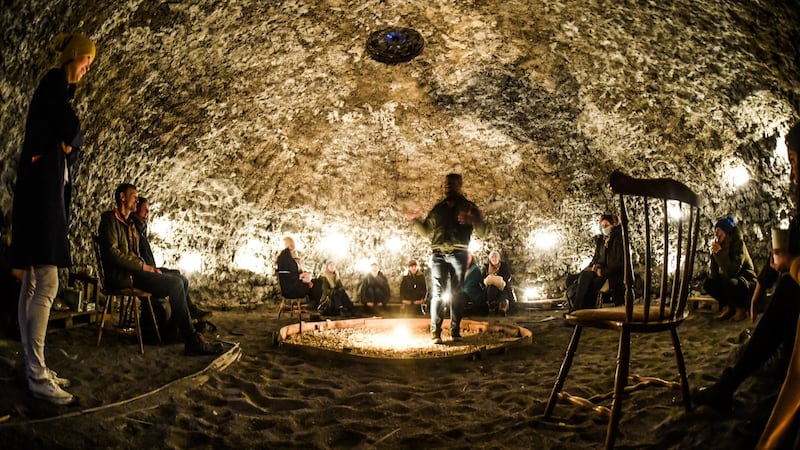
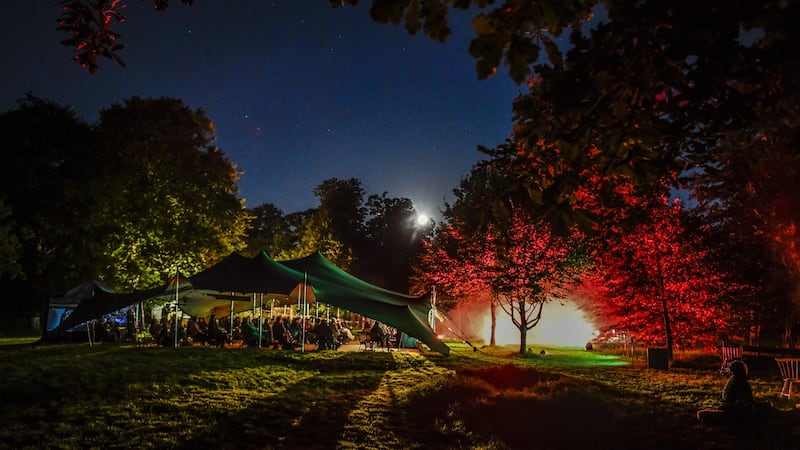
Sofft Nights festival, at Dunderry Park in Navan, Co Meath over the June bank holiday weekend, has a great lineup of lo-fi R&B, dance and pop: Tolu Makay, Elaine Mai with May Kay and Sinead White on Saturday, and a folkier Sunday with Lisa O’ Neill, Moxie, Kíla, Sean Fitzgerald and Lankum’s Daragh Lynch.
There’s also a bunch of other stuff like astronomy talks, bat walks, shamanic journeying, sound baths, a children’s programme, site-specific theatre and reggae yoga. But alongside all that, the team is creating sensory environments within the festival, so those with autism, ADHD or other neurodiverse conditions have a safe and customised space for time away.
Sofft Nights was originally born of the pandemic, after “two months of fear and depression”, when Duffy and colleagues Caroline Duke and Conor Jacob got together to create an event for very small numbers in 2020 that could function during Covid, whatever the restrictions. They managed this, including paying artists, crew and themselves, because of the Government’s Live Performance Support Scheme.
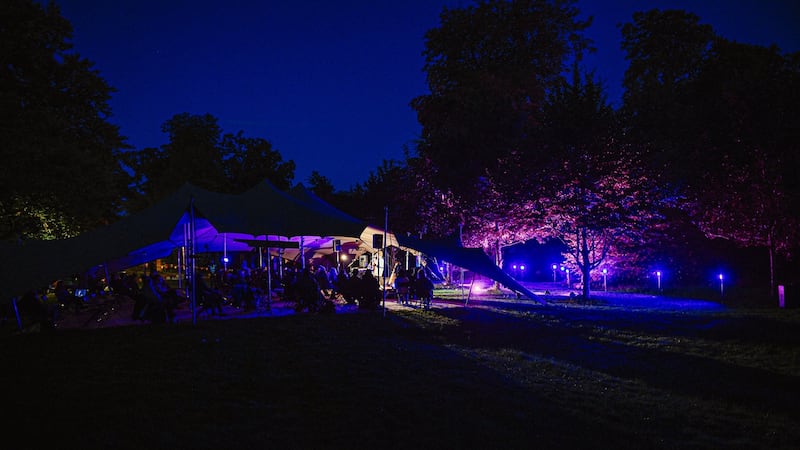
“It was a saving grace for all of us. In this industry, we’d gone from being incredibly busy, hard workers to nothing. This kept us busy and creative, was good for mental health and also retained a lot of people in the industry,” says Duffy.
Antidote to hard days
Sofft Nights grew out of the group’s previous Spirit of Folk Festival (hence the double-F). “The idea was an antidote to hard days – and that’s Sofft nights.”
After a miniature Sofft festival in 2020, and six more in 2021, this year’s capacity has grown to 1,000.
All along there was an emphasis on wellbeing alongside the music, but the sensory areas are new. While a scattering of festivals abroad – from National Theatre of Scotland’s Neurostages to Inclusion in Pennsylvania – are specifically accessible, Sofft is a general festival with additional areas curated for neurodiversity.
One is in a replica megalithic cairn, built in the grounds 20 years ago as a meditation space. “It’s stunning. It’s like walking into Newgrange. From the outside it looks like a hobbit house from Lord of the Rings. Inside the whole wall fills with candlelight. The room will be lit specially, and I’ve commissioned composer Philly Holmes, who is neurodiverse, to create a soundscape. It’s created by people with neurodiversity, for people with neurodiversity.”
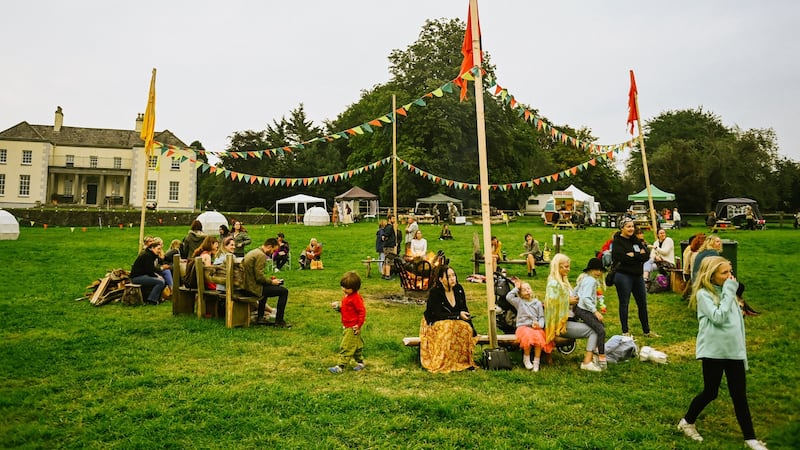
The sensory cairn will be scheduled for particular times over the weekend, with meditation sessions there at other times.
The second area is a haven with hammocks and lighting within the forest. Duffy talks about how this taps into the proprioceptive sense. “Hammocks are really helpful because you get that sense of a body pressure, like a sensory swinging. You can go off and just lie in a hammock, look up at the leaves on the trees and take that space to yourself.” Set and lighting designer Conor Jacob and lighting, video and immersive designer Mick Murray are creating the spaces.
“People with ADHD [attention deficit hyperactivity disorder] or autism have difficulty with sensory processing. The brain can’t sort out or filter or organise sensory messages”, says Duffy, so proper sensory spaces “help the person self-regulate and reduce sensory overload”.
Pandemic revelation
The initiative is personal; festival director Duffy was diagnosed with ADHD in 2021. “The pandemic revealed a lot of things to people,” she says. For her, in her 30s, it led to “discovering what it was I struggled with all my life. I always thought there was an issue, but I could never understand. At times I thought, is this anxiety? Is this low mood?”
She was smart in school but had problems with concentration and homework, finding it difficult to sit still in class. “It was a constant battle to get things done.
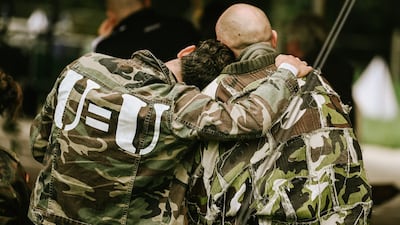
“ADHD in women and girls isn’t picked up on as well as it is in boys, because we present differently , and we mask more. We internalise the hyperactivity, which can turn into anxiety.”
Duffy’s ADHD wasn’t detected at school. “I remember feeling, after school, a sense of shame that I didn’t do as well as I thought I could do.” She worked straight after school, and being “always busy, busy, busy and running around” likely masked the ADHD.
Aged 32, she did a degree in film and theatre. “I’m very good at practical, I’m very hands-on, a good project manager. But the reading was always difficult, the studying, the writing essays.” All the same she got a first in her degree.
It was when she decided, mid-pandemic, to do a master’s, that she ran into problems. “I had to read three plays a week. I couldn’t do it. I struggled massively with not being able to concentrate. Zoom added a whole extra layer of hurdles.”
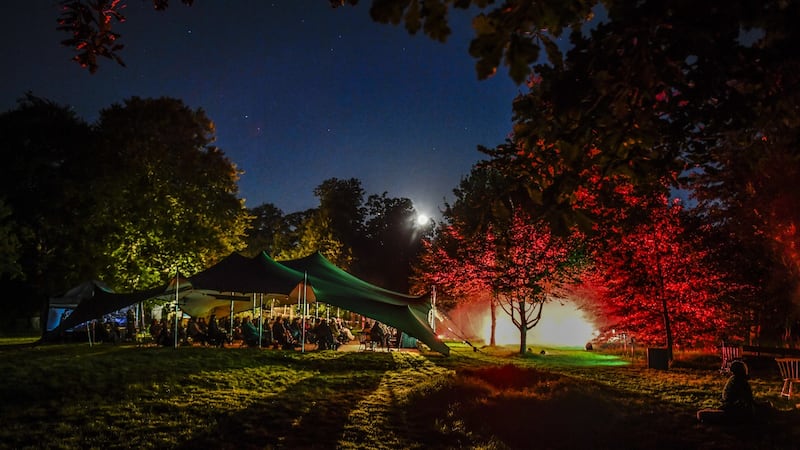
She describes “reading two or three lines and your mind starts to run away, or your body becomes tense or anxious, trying to keep the concentration. It’s almost physical.” There is good support and resources at third level, “but you need to know you have it, that’s the thing”.
A college counsellor suggested she might have ADHD, reinforced by a friend’s symptoms and recent ADHD diagnosis. “My sister said, Tasha, I think you have ADHD, I think that’s what your challenges are. I hadn’t seen myself in the popular conception of what ADHD was.”
She started to look into it “and oh my God, it was like someone was describing me.” In online groups, “I finally was around adults who could relate. It was a real eye-opener.”
Children and teens with ADHD may find a multi-disciplinary approach in Child and Adolescent Mental Health Services, if they’re lucky enough to get public health access; waiting lists are long and service quality is geographically patchy. But for adults it’s even worse. Natasha was on her own to figure it out, without a joined-up service available.
She floundered looking for help. She went to a psychologist privately, who diagnosed ADHD after extensive tests. ADHD can be inattentive or hyperactive, or combined. Duffy’s is both, with hyper focus: “I’m good at work,” she says, and she can concentrate when doing something she enjoys.
But it was just a diagnosis. “There was no follow-up, no treatment plan. My GP said, well, I actually can’t do anything either. It wasn’t something they could get involved in. I was disheartened, disappointed.” The GP referred Duffy to a psychiatrist, again privately, who did similar, extensive tests (for a second lot of fees), confirming the diagnosis. Crucially, the psychiatrist, an ADHD specialist, devised a treatment plan and follow-up.

Relief and grief
A proper public health provision for adults with ADHD would be so much better, Duffy says. While the fumbling process, the lack of clarity or guidance, and doubling up on testing (and cost) was upsetting, Duffy is very pleased the diagnosis and treatment has now improved things.
“I’m able to frame my experience of living completely differently. They say for people who get diagnosed late with ADHD, there’s relief and grief. Relief at finally understanding what has been going on for so long. And grief it wasn’t picked up on sooner, and you didn’t get the resources you may be getting now in later life.”
Her treatment involves medication and several techniques: “the weighted blankets, the massages. I’m learning in a different way through audio rather than trying to read. There are things I’m now integrating into my life that I never did before because I didn’t understand this.”
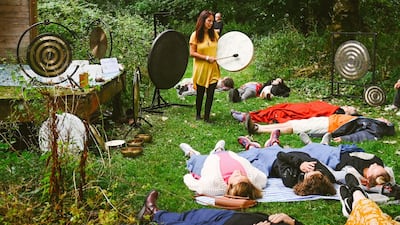
Her experience has informed her work. She’s enthusiastic about how creativity interacts with diversity, and how neurodiverse people see music or art or theatre.
“I’ve been running festivals all my life. And I never stopped to think about how sometimes they can be a bit of a sensory overload. I’ve found myself in festivals looking for quiet areas. I said to the team, why don’t we develop specific sensory spaces whereby people like myself or others with neurodivergence or ADHD or autism, can go to the festival, have a great time, dance the night away and enjoy all the revelment, but knowing, when I need a wee bit of space, I can take some time to get rid of the overload? Go and hang out in a hammock or meditate, and that it’s a space that’s specifically curated and minded.
“It’s about having a sense that different types of people exist, and that it’s important to make room for everybody. Sofft festival isn’t specifically for people who are neurodivergent. It’s for everybody, but it’s allowing for space to accommodate everybody.”










